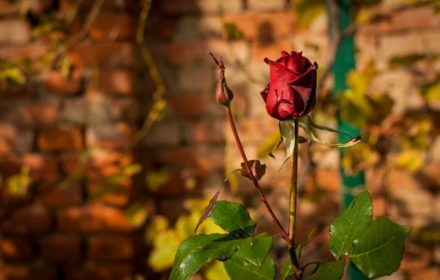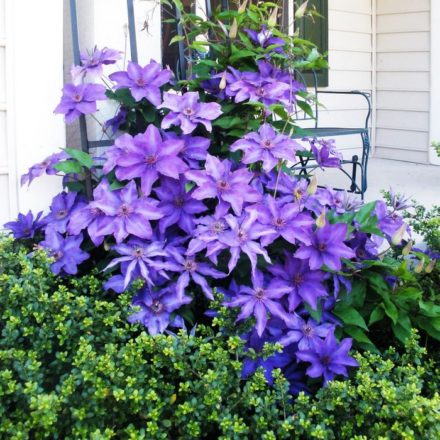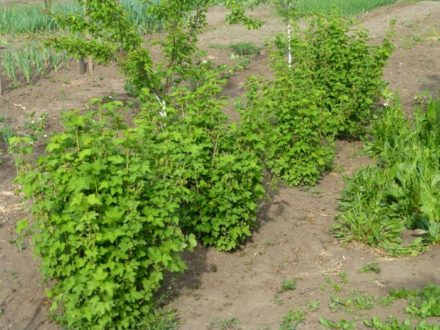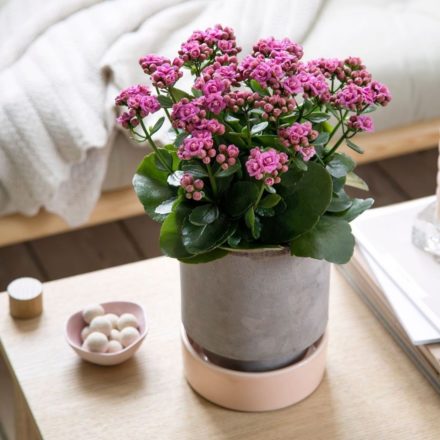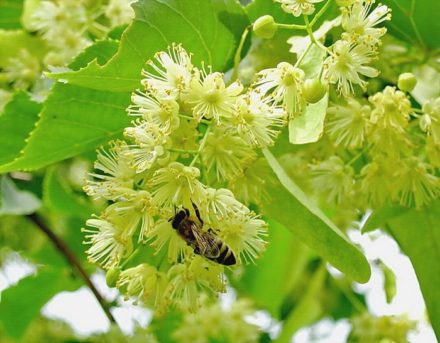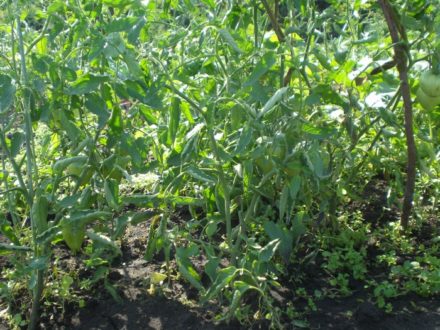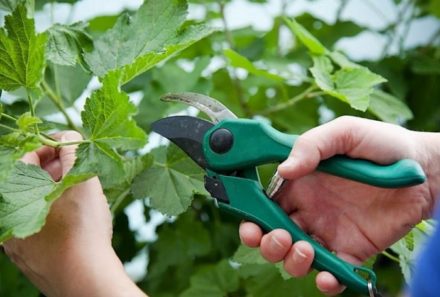Propagation of roses by cuttings is important for the summer period. There are more than 10 methods for cutting roses, but only 3 of them have good rooting (more than 60% of rooted cuttings).
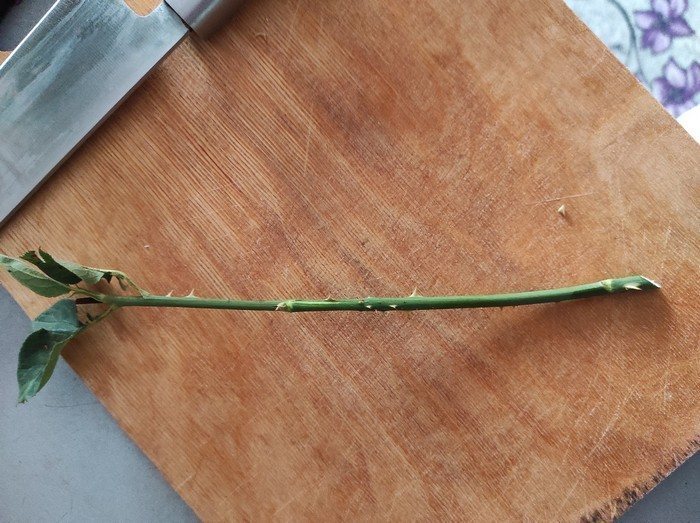
Rooting into the ground
This is a classic method that will succeed if you follow simple subtleties. It is worth choosing a young shoot with at least three buds. The lower part of the cutting should have an oblique cut (45-50 degrees). It is deepened into the ground so that one bud is underground and two above the ground line.
The soil substrate is pre-treated with boiling water or a weak solution of manganese, and the deepened part of the shoot is stimulated with root. To do this, the dry composition is applied to an oblique cut or the stem is soaked in a root solution for a couple of hours.
Deadline for cuttings in open ground: end of June – July. In August, it is better to root roses in a flower pot and store them in the house, avoiding sudden fluctuations in air temperature.
To create a microclimate and preserve moisture, it is necessary to cover the planting material with a glass or plastic jar. Young cuttings do not like direct sunlight and require moderate moisture.
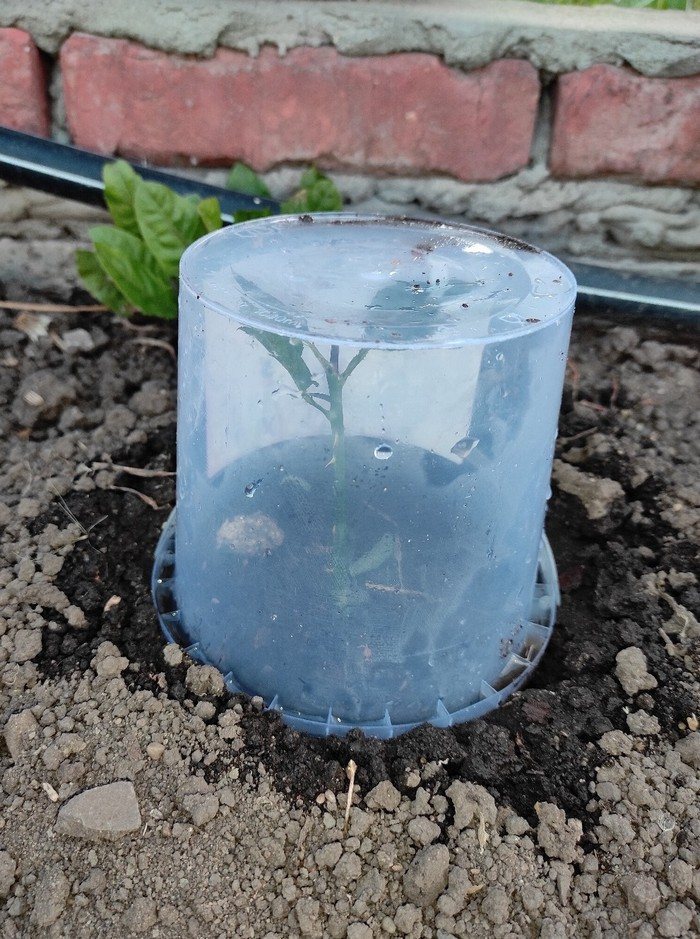
Rooting in potato tubers
A cutting with three buds is also treated with root. The lower bud is deepened into the potato tuber. The cut must be sharp enough and the shoot dense enough to be inserted into the tuber without damage.
The eyes of the potatoes are first removed.The tubers themselves are planted in the ground (open or in pots - depending on the climate and season).
Rooting in banana
This is an alternative way to propagate roses. Its advantage is that the cuttings are not planted in the ground before the root system develops, and you can verify the successful development of the young root with your own eyes.
A rose stem with three buds is prepared in the same way as in the previous methods. A ripe banana must be cut into two parts. Deepen the cutting into one of them. At least one bud must be inside the tropical fruit.
The banana itself is dipped into a glass or jar of water. Banana is rich in microelements necessary for the nutrition and development of the plant. The peel protects the stem from excessive moisture and this allows the root to develop.
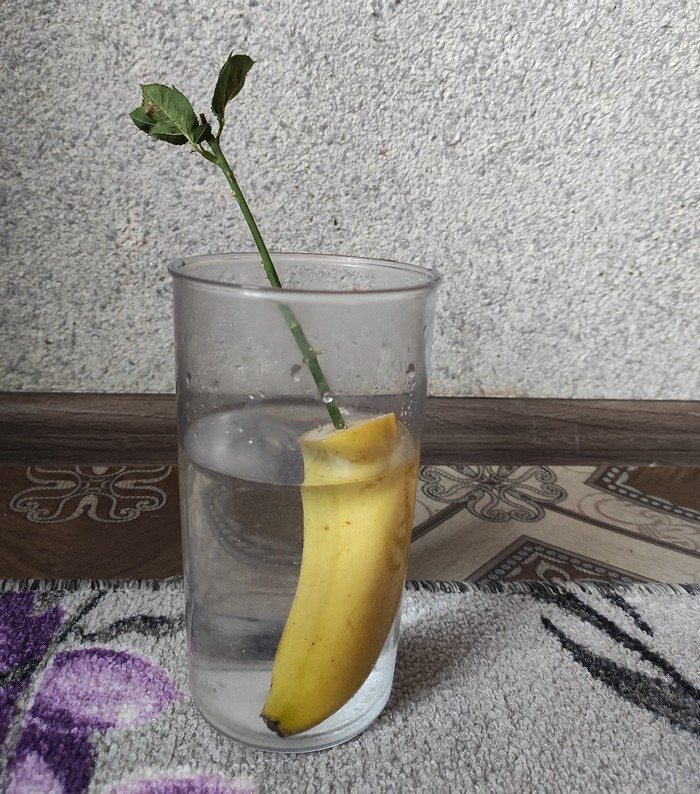
As soon as the roots appear, cutting through the banana peel, the cuttings can be planted in the ground.
Choosing a young but strong shoot, removing abundant leaves from it and treating it with root can help activate the growth of the root, and not the development of buds and foliage. Creating a microclimate and cultivating the soil protect the rose from disease and drying out. Compliance with these rules will increase the likelihood of survival.


